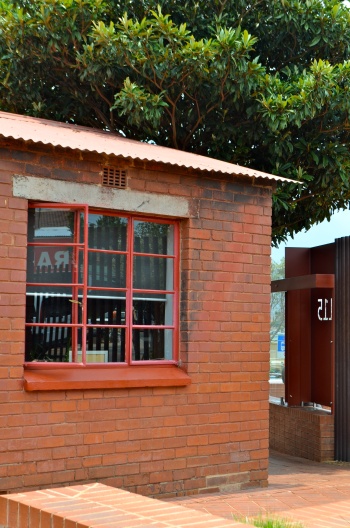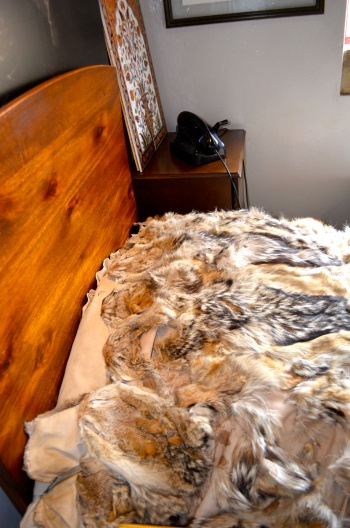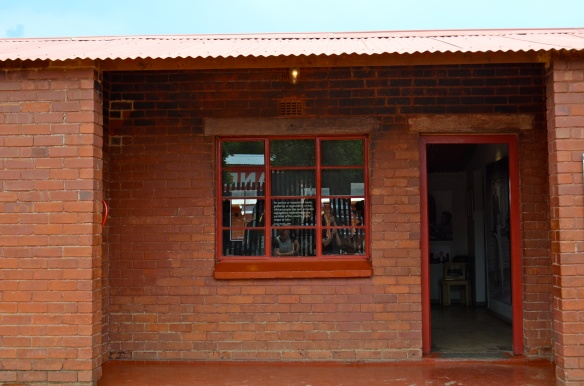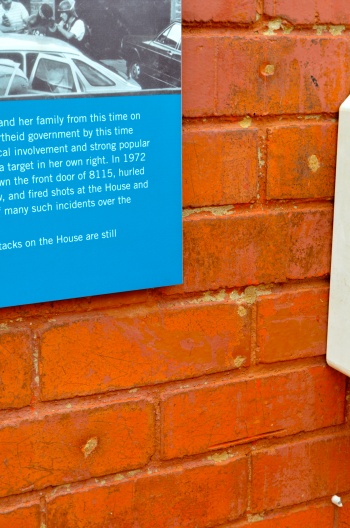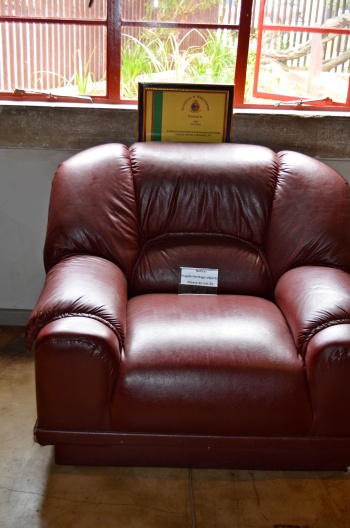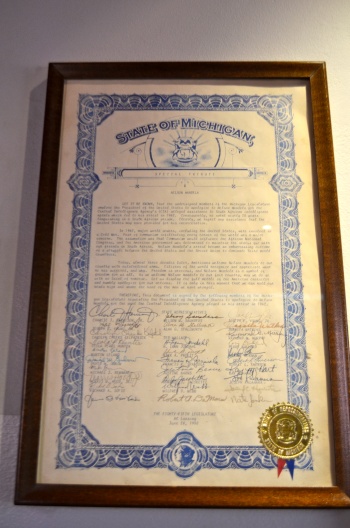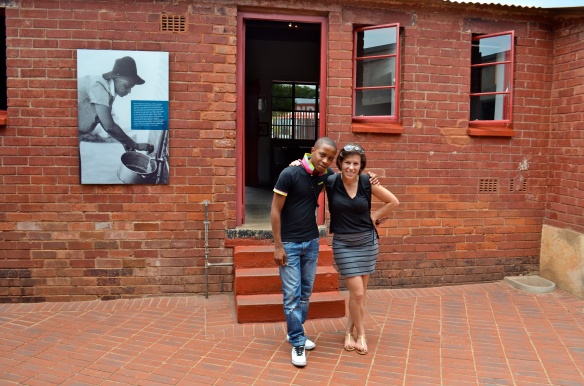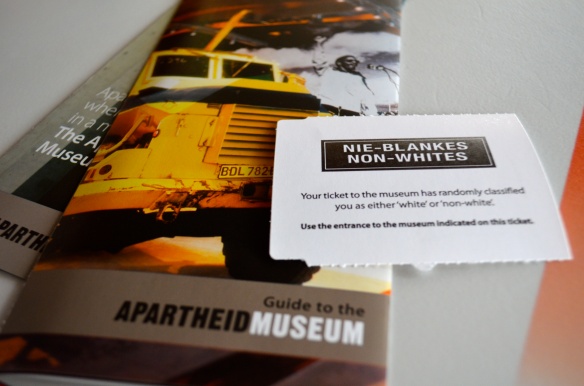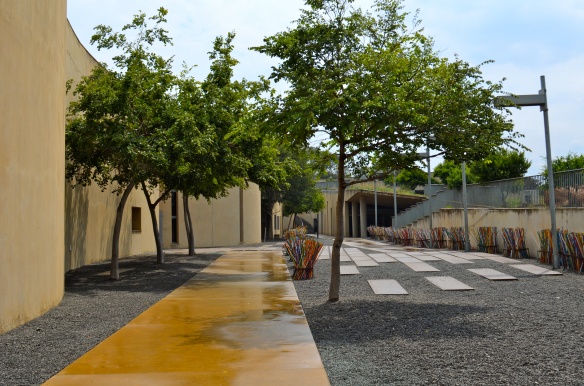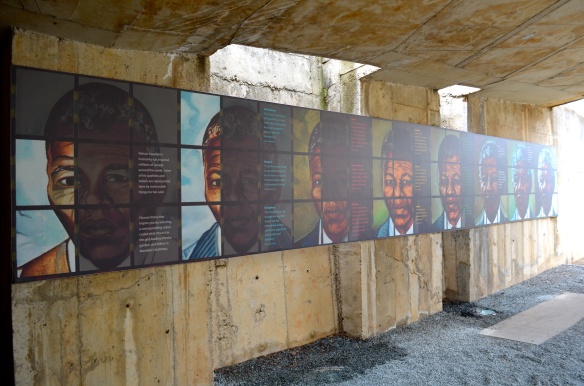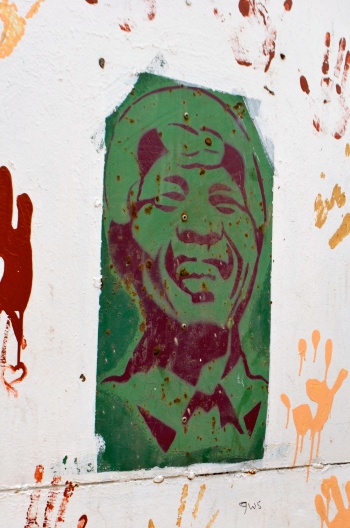 Yesterday, I gasped when I heard Nelson Mandela died. Although he’d been ill, I remained hopeful that he might make a recovery. When we travelled to South Africa, I tried to learn about South Africa’s history and apartheid. While I held Nelson Mandela in high esteem before, I came away from South Africa in awe of him. While the country still faces significant challenges from its past discrimination, violence, historical and economic divisions, South Africa would not be where it is today without his leadership. I find his acknowledged fallibility makes him even more relatable as an ethical model. According to Richard Stengel, “he is a hero precisely because he always admitted his errors and then tried to rise above them. And he has never stopped learning.”
Yesterday, I gasped when I heard Nelson Mandela died. Although he’d been ill, I remained hopeful that he might make a recovery. When we travelled to South Africa, I tried to learn about South Africa’s history and apartheid. While I held Nelson Mandela in high esteem before, I came away from South Africa in awe of him. While the country still faces significant challenges from its past discrimination, violence, historical and economic divisions, South Africa would not be where it is today without his leadership. I find his acknowledged fallibility makes him even more relatable as an ethical model. According to Richard Stengel, “he is a hero precisely because he always admitted his errors and then tried to rise above them. And he has never stopped learning.”
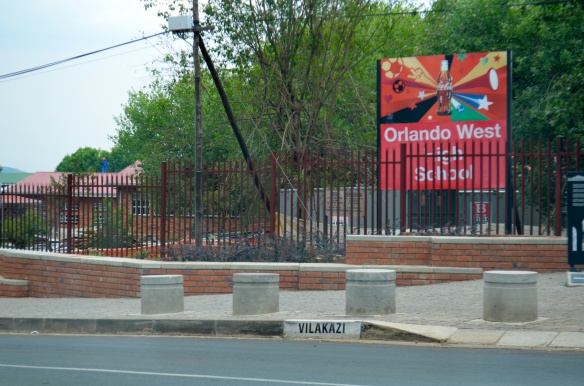
I was lucky enough to tour Nelson Mandela’s house in Soweto. It was a great opportunity to learn more about Madiba. He lived there from 1946-1961, when he was forced to go into hiding. It is on the famous Vilakazi Street, the only street in the world where once two Nobel Peace Prize laureates lived (Nelson Mandela and Archbishop Desmond Tutu who lives there).
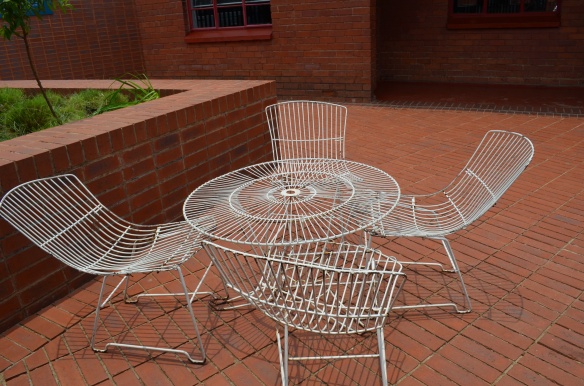
Winnie Mandela lived here with their children while he was imprisoned. Upon his release from Robben Island, he spent 11 days here. There was a constant stream of visitors, so he didn’t remain longer.
Many of the furnishings are original, but the most interesting parts were learning the role this building played in their lives. In the pictures below (and above), you can see the scorched bricks from firebombs.
You can still see the bullet holes from government drive-bys. The family had to stop sleeping in the front bedrooms because they were so frequent. Below, you can see where they erected a brick wall to hide behind to avoid being hit by a bullet.
Only one person is allowed to sit in this chair. It was Nelson Mandela’s. Now it will remain empty forever.
The brick line in the floor below reads: “[a] partition was built here to divide the kitchen from the living room. This was later replaced with a brick wall which served as a shield against police attack.” Seeing this helped me to understand the type of danger Mandela and his family faced and the courage he showed.
I saw a letter from the State of Michigan (our home state) asking President Bush to formally apologize for the CIA’s role in Nelson Mandela’s arrest. My guide was eager for information about Michigan. I noticed that Carolyn Cheeks Kilpatrick, Kwame Kilpatrick‘s mom, is one of the signatories. Needless to say, I was a little embarrassed trying to explain the background, the text messaging scandal and his subsequent actions. During my visit, I was disheartened to learn about America’s involvement with and support for the Apartheid government and proud of the change in our collective mindset.
I also visited the Apartheid Museum, while pictures are not allowed inside, no visit to Johannesburg would be complete without it. It is incredibly informative and moving. There is a large exhibit on Nelson Mandela detailing his amazing life. May it continue to inspire others.

